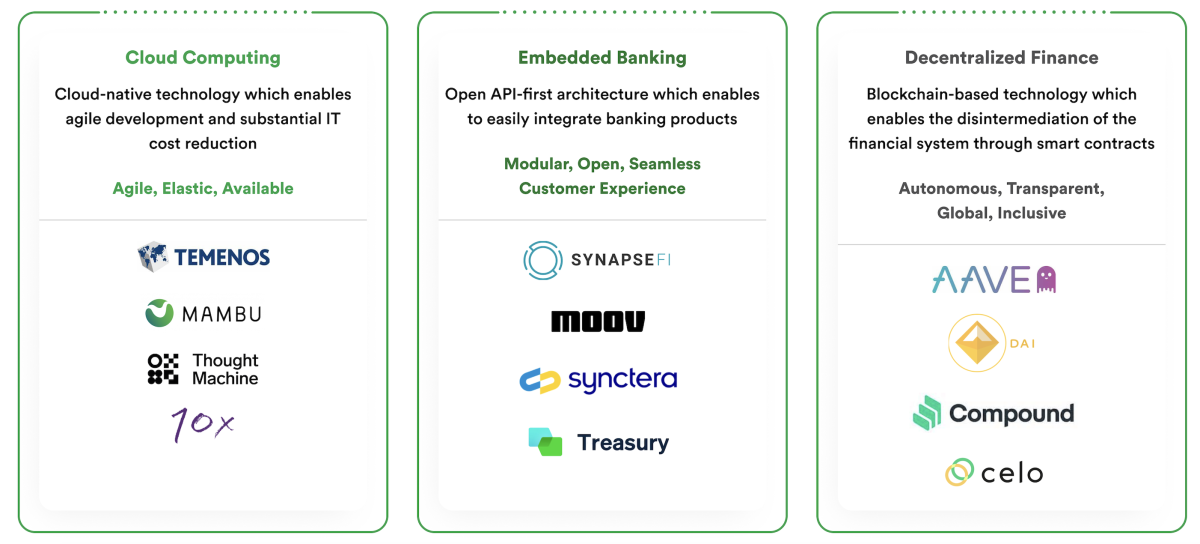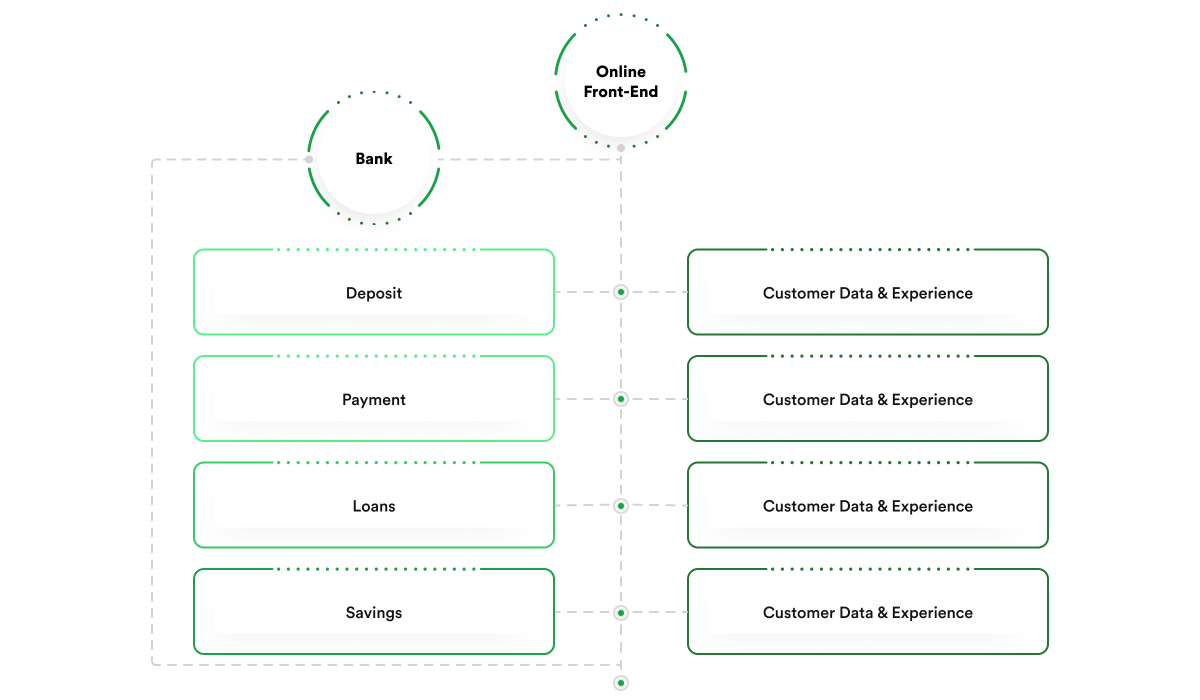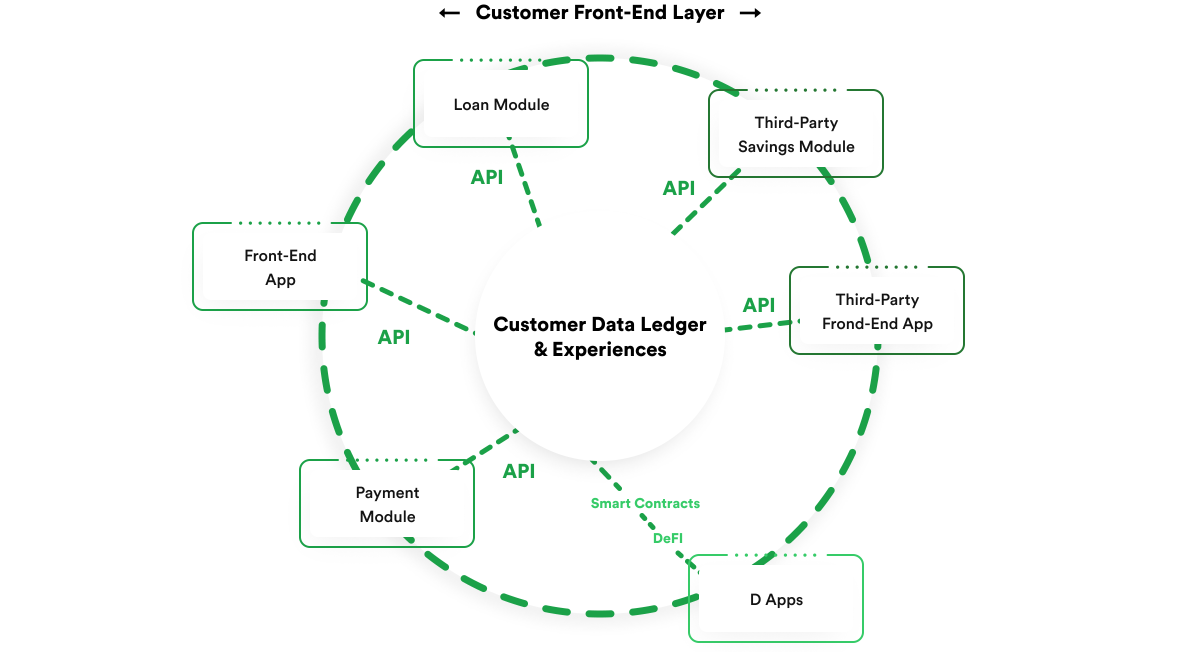Financial institutions must pick the right time to update their core banking systems. This decision depends on factors like the state of old systems, chances for business growth, and how well it fits with the strategic vision.
Signs of Old Systems Under Strain
The issues with old systems show it’s time for an update. These systems, once fine for simpler banking, now struggle with today’s complex and high-volume transactions. Banks face slow system responses, delays in processing, and even outages during busy times. Integration problems also pop up because these old systems can’t easily connect with modern digital platforms and fintech services.
High maintenance costs are another issue. These systems need special skills to manage and often break down, needing custom fixes. This leads to financial costs and the missed opportunity to adopt new technologies faster. These old systems can cause data to be stuck in silos, making it hard to see a complete picture of customer information. This limits data management and analysis, affecting strategic decision-making, personalized customer service, and operational reporting.
Security risks are a major worry too. Older systems weren’t built for today’s complex cyber threats, putting sensitive financial data at risk of breaches and cyber-attacks. This can compromise customer data and lead to non-compliance with evolving data protection laws.
We at rinf.tech helped a global banking and fintech leader modernize their old system. They had fragmented legacy applications that complicated managing customers and processes. This project included developing a custom monitoring and reporting application, automating banking workflows, and adding a modern business process layer.
This led to better system performance, more transparent processes, improved customer service, and a 6-digit figure in yearly cost savings.
On top of that, the customer managed to reduce effort spent on platform monitoring and cross-systems health checks by more than 35%.
Business Growth Triggers
Several signs show it’s time to update core banking systems for business growth. If a bank’s customer base, especially digital users, is growing, old systems might not handle the increased load well. Modern systems can manage this better.
When banks launch new financial products and services, old systems often can’t integrate them well, showing the need for more adaptable and fast development frameworks in modern banking. Expanding into new markets also brings challenges, like meeting different regulatory and customer needs. Modern core banking systems, built with global standards, offer the flexibility to meet these diverse requirements.
Strategic Vision Alignment
Aligning system modernization with a bank’s digital transformation goals is crucial. Modern core banking systems support this by enhancing digital interactions, enabling real-time data processing, and automating internal processes. This modernization is key for banks wanting to lead in innovation and customer-focused services, helping them compete with fintech companies and new types of banks (neobanks).
These modern systems also align with goals for operational efficiency by streamlining processes and improving decision-making through better data management. They’re vital for risk management and compliance, built to adapt to changing financial regulations and enhance risk monitoring and management.






